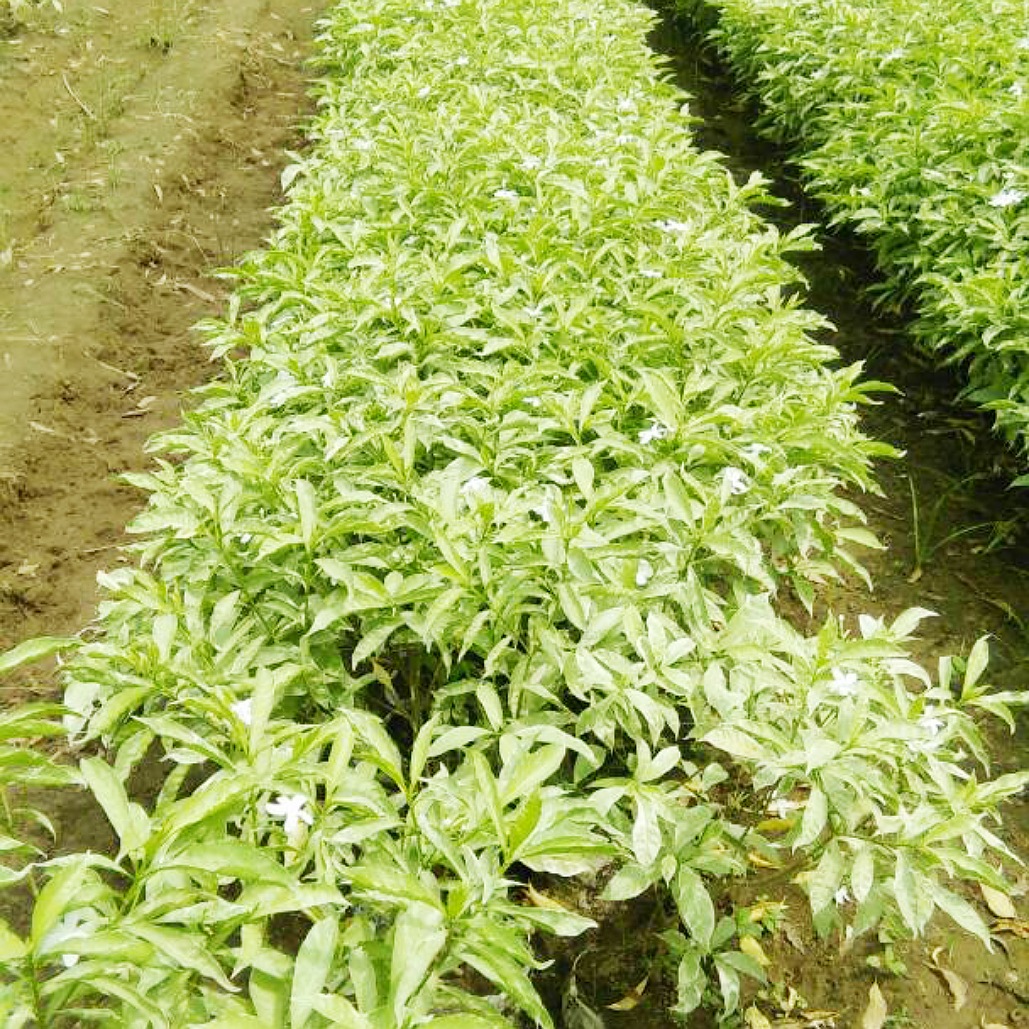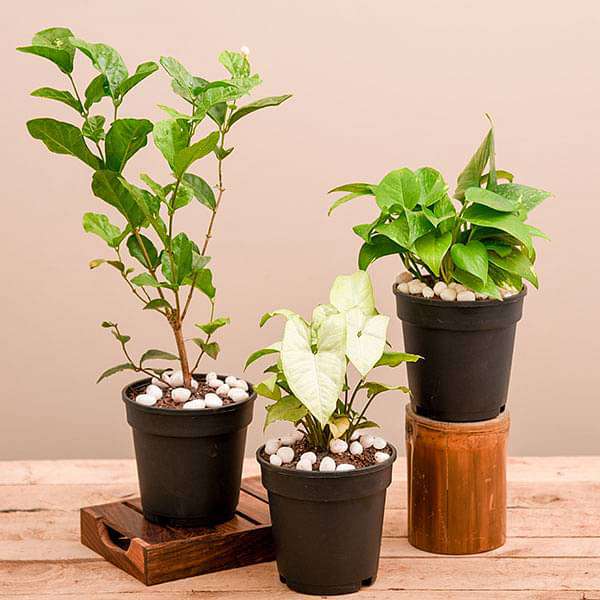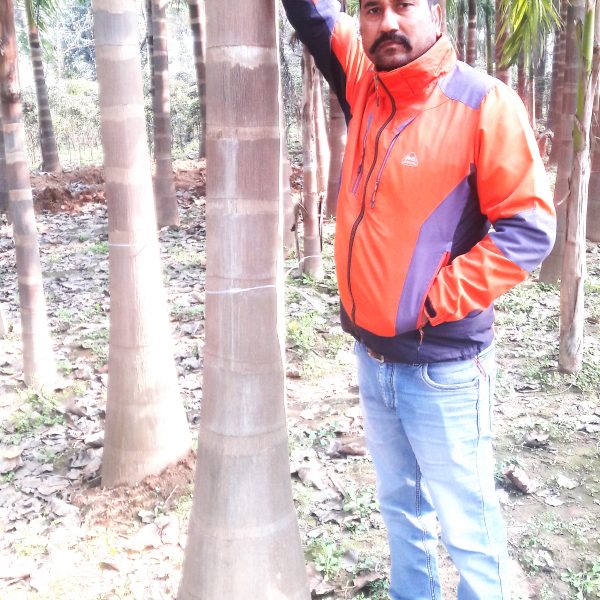Grape jasmine is an evergreen shrub or small tree growing from 0.5 – 5 metres tall.
The plant is cultivated in China as a medicinal plant and as an ornamental almost throughout the tropics and subtropics for its attractive and fragrant flowers. Montane brushwoods, sparse forests; at elevations of 100 – 1,600 metres in southern China[
Succeeds in full sun to partial shade. Prefers a fertile, moist but well-drained soil.
The plant can flower all year round.The plant responds well to trimming and makes an attractive flowering hedge.Grape jasmine is widely used as a medicinal herb in the tropics. Indeed, in India the applications in traditional medicine are so numerous that the plant may well be classified as a panacea for gastro-intestinal, urogenital and skin affections.The wood is refrigerant.The roots are astringent. A decoction is used in the treatment of diarrhoea and various abdominal complaints.. An infusion is applied as a remedy for jungle fever. The roots are used in modern medicine to treat hypertension, headache, and scabies.
The pounded roots are applied to sore eyes. The root is employed as a local anodyne and chewed for the relief of toothache.The pounded leaves are an ingredient of a cough medicine taken as an infusion. An infusion of the leaves is used to treat grippe (influenza).The flowers, mixed with oil, are applied to sore eyes.
The latex of the leaves is used as a cooling application for wounds to prevent inflammation.
In Thailand, the plant is used as an emetic.
The roots, leaves, and flowers are all used in the treatment of snake and scorpion poisoning.






Reviews
There are no reviews yet.